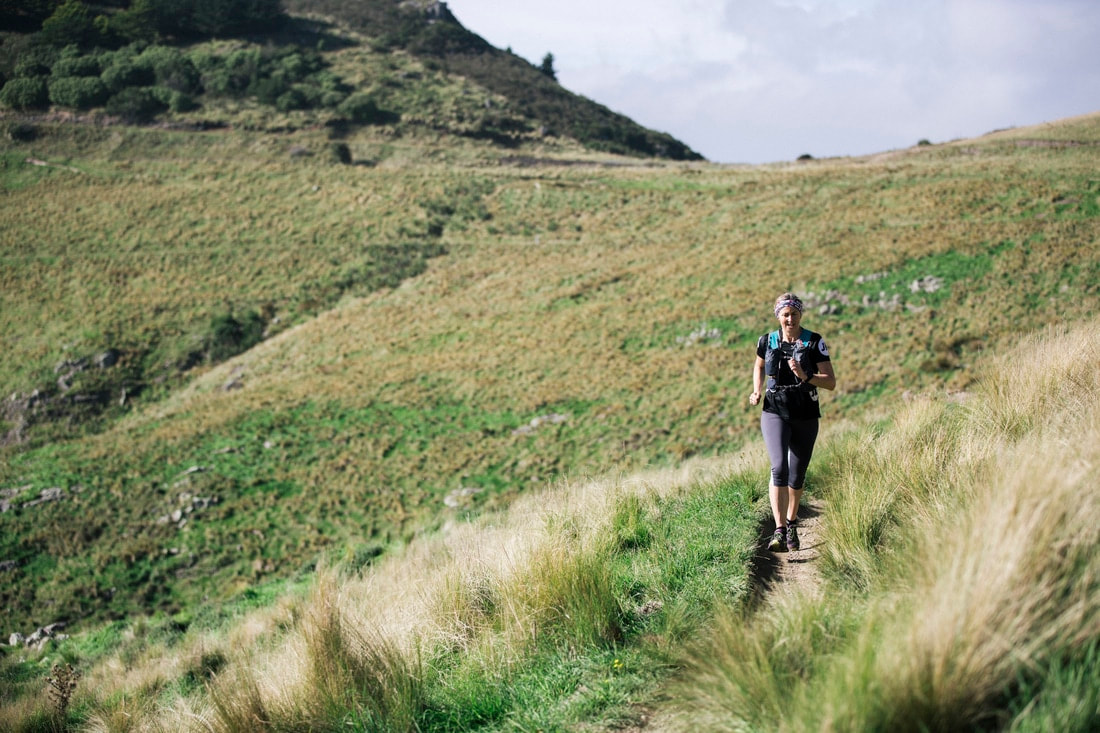Very frequently we see individuals measuring the size of their mojo by how fast their average pace is for a training run. Heck, you can even share a picture of your mojo straight to Facebook nowadays! Despite the scheduled workout being something in the aerobic training zone (a comfortable pace that is manageable for over at least an hour), many athletes decide to push the pace and run closer to threshold intensity than their actual aerobic capacity. Granted, these individuals think they’re doing themselves a favour by upping the pace. It makes sense, right? If you spend more time running fast, you’ll be faster on race day. Well, no. Wrong. Our physiology simply doesn’t work that way.
Running harder than your aerobic pace elicits varying amounts of lactate response. This is great in small doses – desirable, in fact, if done properly – but doing it day in and day out is terrible for both recovery and optimal adaptation to training. If all your running is being done on the cusp of threshold intensity, you are not creating enough of a stimulus to create muscular adaptations and so all it does is fatigue the body beyond being able to recover in time for another training session within 24 hours. Even less so for a training session with any real intensity. No wonder your legs feel heavy for most of your weekday runs! This is why you MUST stick to the aerobic pace that is scheduled for ~80% of mileage in an endurance based running programme.
If you’ve had a decent training programme to follow, you might have noticed that any hard, high-intensity sessions are typically followed by more rest than longer, slower sessions. As the high-intensity threshold, interval and repetition sessions become more frequent in your programme as you get closer to an event, there will generally be fewer miles and fewer sessions in a week. This is because your coach recognises the physiological damage that occurs during more intense training and therefore the requirement for more rest hours between sessions. This rest is super important for promoting big training gains!
So, when you have an aerobic training session to do and you’re feeling strong, remember why it is a silly idea to push too hard. Instead, enjoy floating along comfortably and save your legs for that one harder session coming up later in the week. Nail the hard session – bury yourself physically and mentally! These fluctuations in training intensity and volume are what the body responds best to. Be sure to really accentuate those peaks and troughs in a training week so that you can experience maximal benefit.
The bottom line here is: don’t overcook the longer, slower miles just to end up underdoing the supposedly harder sessions. Stop sabotaging your ability to train hard, just because you like what you see on your Strava on easy days.
If you’ve had a decent training programme to follow, you might have noticed that any hard, high-intensity sessions are typically followed by more rest than longer, slower sessions. As the high-intensity threshold, interval and repetition sessions become more frequent in your programme as you get closer to an event, there will generally be fewer miles and fewer sessions in a week. This is because your coach recognises the physiological damage that occurs during more intense training and therefore the requirement for more rest hours between sessions. This rest is super important for promoting big training gains!
So, when you have an aerobic training session to do and you’re feeling strong, remember why it is a silly idea to push too hard. Instead, enjoy floating along comfortably and save your legs for that one harder session coming up later in the week. Nail the hard session – bury yourself physically and mentally! These fluctuations in training intensity and volume are what the body responds best to. Be sure to really accentuate those peaks and troughs in a training week so that you can experience maximal benefit.
The bottom line here is: don’t overcook the longer, slower miles just to end up underdoing the supposedly harder sessions. Stop sabotaging your ability to train hard, just because you like what you see on your Strava on easy days.




